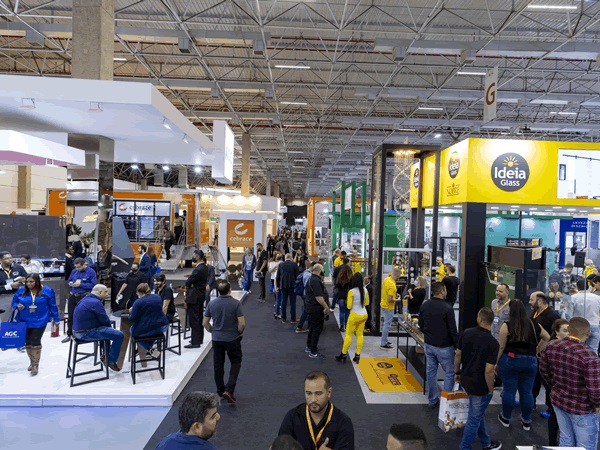Date: 6 August 2010
This success may look surprising if seen through European eyes, that is from the viewpoint of a Continent that is still suffering from the aftermath of an economic crisis, which has considerably slowed the return to a growth rate to ensure some stability. However, this success is very consistent with what has been long maintained, i.e. the rebound of the Western economy is related to the surge in demand from the BRIC countries where Brazil, is both the initial letter of the acronym and the starting point of an upward trend.
Although it has been repeatedly said that China has been driving the world’s economy in the past few years, Brazil is also poised to play an increasingly important role. With 191 million inhabitants on a surface area in excess of 8.5 million km², the strongest player in South America scored a GDP growth rate of 5.7 and 5 .1%, respectively in 2007 and 2008 and only suffered a limited downturn of 0.2% in 2009, the worst year of the global crisis. This slowdown pales in comparison to the catastrophic situation in the US and Europe. At the end of fourth quarter 2009, Brazil achieved 2% growth over the previous quarter, which is why all observers concur that Brazil is set to shrug off the recession shortly. This country's GDP rate is expected to rise by 5.5% in 2010. Against this positive economic background, an important contribution comes from the national currency, the Real, which is extremely strong and thus promotes imports. The Central Bank is endeavoring to weaken it against the US dollar and other key currencies for international trade, including the euro, but the current ratio is expected to remain unchanged despite an annual inflation rate of almost 5%.
While the growth of the Brazilian economy as a whole is strengthening, the local glass industry is literally booming. Based on data published by ABIVIDRO (Brazilian Trade Association of the Glass Industry), glass consumption is steadily increasing, more specifically by 37% in the 2008/2009 period, and is expected to climb by 22% in 2010. This is the result of the flourishing construction industry that alone absorbs 70% of domestic glass consumption as well as of the automotive industry that hugely benefited from the stimulus package policy of the Brazilian government leading to an 11.4% growth in car sales in 2009 and an expected rise of 5% in 2010.
The local flat glass industry is very fragmentized and comprises small and medium-sized enterprises that largely depend on the construction, automotive, and to a lesser extent the furniture industry. Very positive prospects have been outlined for the construction industry that is already cashing in on the great benefits offered by job orders for the construction of facilities for the 2014 World Football Championship and the Olympic games in 2016. Equally important is a government program for the construction of council housing designed to reduce the overdue shortage of housing for lower income groups. More specifically, the government has kicked off an investment plan of approximately €30 billion for the World Football Championship and some €12 billion for the Olympic Games. Some observers believe that these major events actually do not pay off in terms of per-capita income, new jobs or new businesses. This was first claimed by Rob Baade, professor of economy and also basketball coach, who mainly observed emotional and psychological rather than material benefits.
We will see what is going to happen with South Africa. For Brazil, these events are not expected to provide the opportunity to kickstart an otherwise difficult growth process but rather to offer the concrete chance to show the real, untapped potential of an economy that is poised to become one of the most important and dynamic driving forces of the 21st century. Brazil will also offer interesting business to companies in Italy, the #1 exporter of glass-processing machinery to Brazil today, followed closely by Germany.







Add new comment